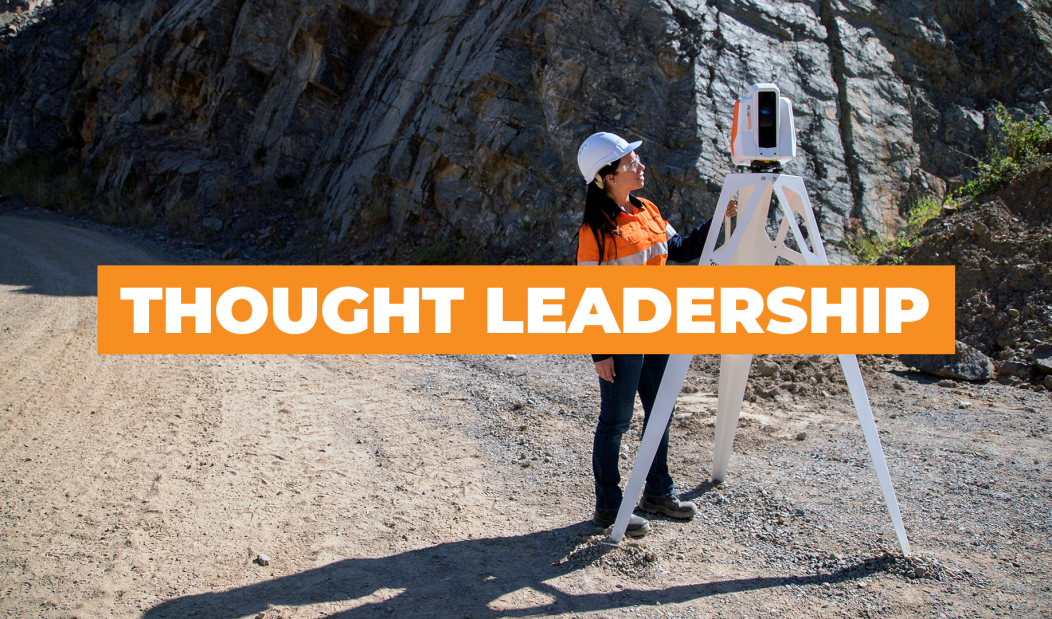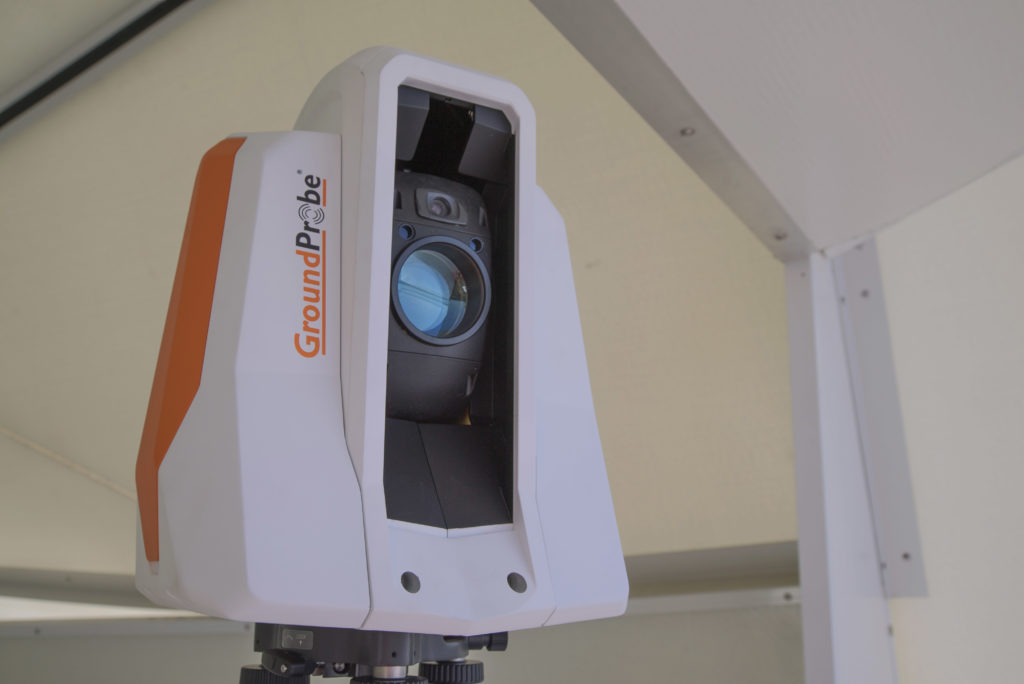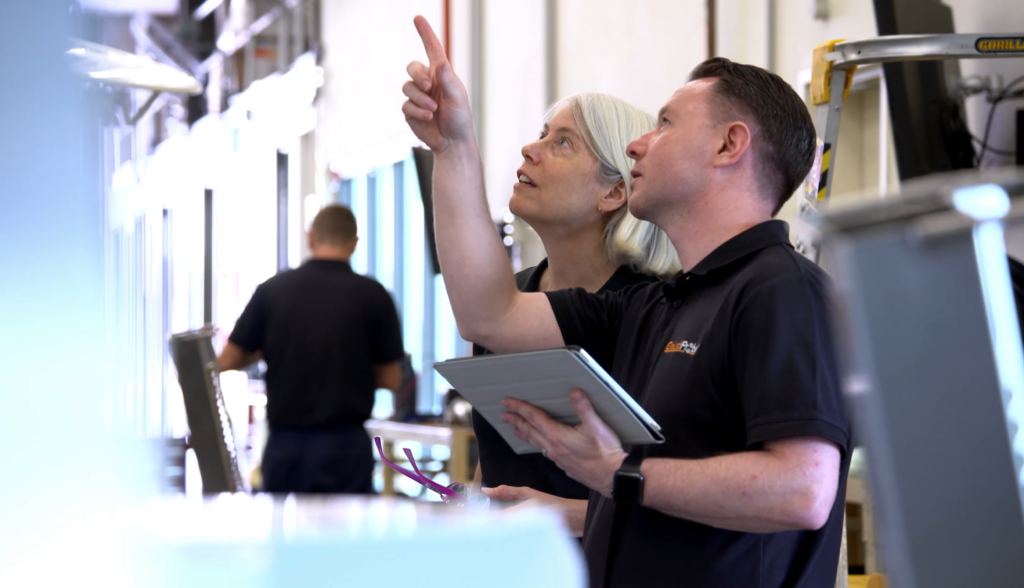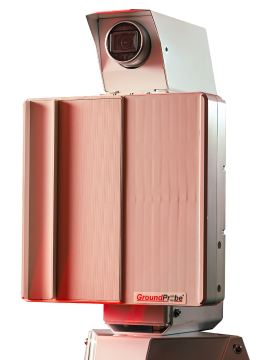Innovating Through Co-Creation – The GMS Story

 GroundProbe’s Product Development Manager, Fernanda Carrea
GroundProbe’s Product Development Manager, Fernanda Carrea
Incorporating user feedback in product development is common – usually expected – practice in many competitive markets. From my experience across a range of industries, a successful product development team is one that invests time and resources in designing and delivering features and products that customers value, expect, and are ready to try.
I praise those companies that give customers an active role in their product design efforts and invite them to co-create and become an active part of the process instead of just spectators. Co-creation is a form of collaborative innovation; ideas are shared and improved together with customers rather than kept to oneself. True innovation and breakthroughs usually happen when customers are active participants in the R&D product development cycle. Involving customers is an excellent way to accelerate value creation, reduce time to market and produce a successful product offering and long-term customer relationship.

Recently, I had the unique opportunity to participate in the product development and co-creation journey of GroundProbe’s industry-leading solution for slope stability monitoring, the Geotech Monitoring Station (GMS).
The GMS is a true success story of what can be achieved by partnering with customers to accelerate R&D in mining, demonstrating the ability to disrupt an established way of doing things through co-creation.
Initial user feedback highlighted the opportunity for a solution that could deliver safety of operations – with sufficient accuracy, reliability and ease of use for background monitoring of open-pit mines, waste dumps and tailings dams – without the additional cost and complexity of a safety-critical monitoring system, such as ground-based radars.
Utilising the benefits of existing LiDAR technology, and applying GroundProbe’s cutting-edge signal processing and atmospheric corrections, the GMS was designed to enable fully-automated monitoring – with or without physical prisms – of difficult environments such as inaccessible slope areas, tailings dams, and highly vegetated slopes.

Designed and manufactured in Australia, the GMS was the result of a joint and iterative product development process with the participation of key industry experts and several early adopter users. These users would constantly challenge our product design team’s capability to deliver only industry best.
Thanks to a successful co-creation with early adopter users, GMS has become a disruptive technology for the geotechnical community around the world. It provides geotechnical engineers with precise data they can act on and has had a significant impact in the market, as well as being recognised with a ‘Good Design Award’ for its innovative design.
My key learnings and takeaways from the GMS co-creation story are:
– When the unmet need is clear, deliver what the customer needs and do it fast. Even if you fail, you also fail fast.
– Customise your product to meet the needs of the customer but at the same time keep it consistent for other customers that may have slightly different needs.
– Do not reinvent the wheel every time, keep it targeted and specific and leverage from what is already there.
– Create a simple and clear product roadmap to set up the stages of the delivery and focus only on the key features first.
– Keep talking to the customers and let them challenge your ideas, constantly, even more when they are happy with the product. There is always something to improve and do better.
In today’s competitive environment, embracing innovation through co-creation has become a norm to stay ahead of the market. Personally, I cannot emphasize enough how rewarding it is for the product team to be able to innovate through co-creation with customers and stakeholders, not only for the unique product outcomes but also for the powerful relationships and recognition you create along the way.






